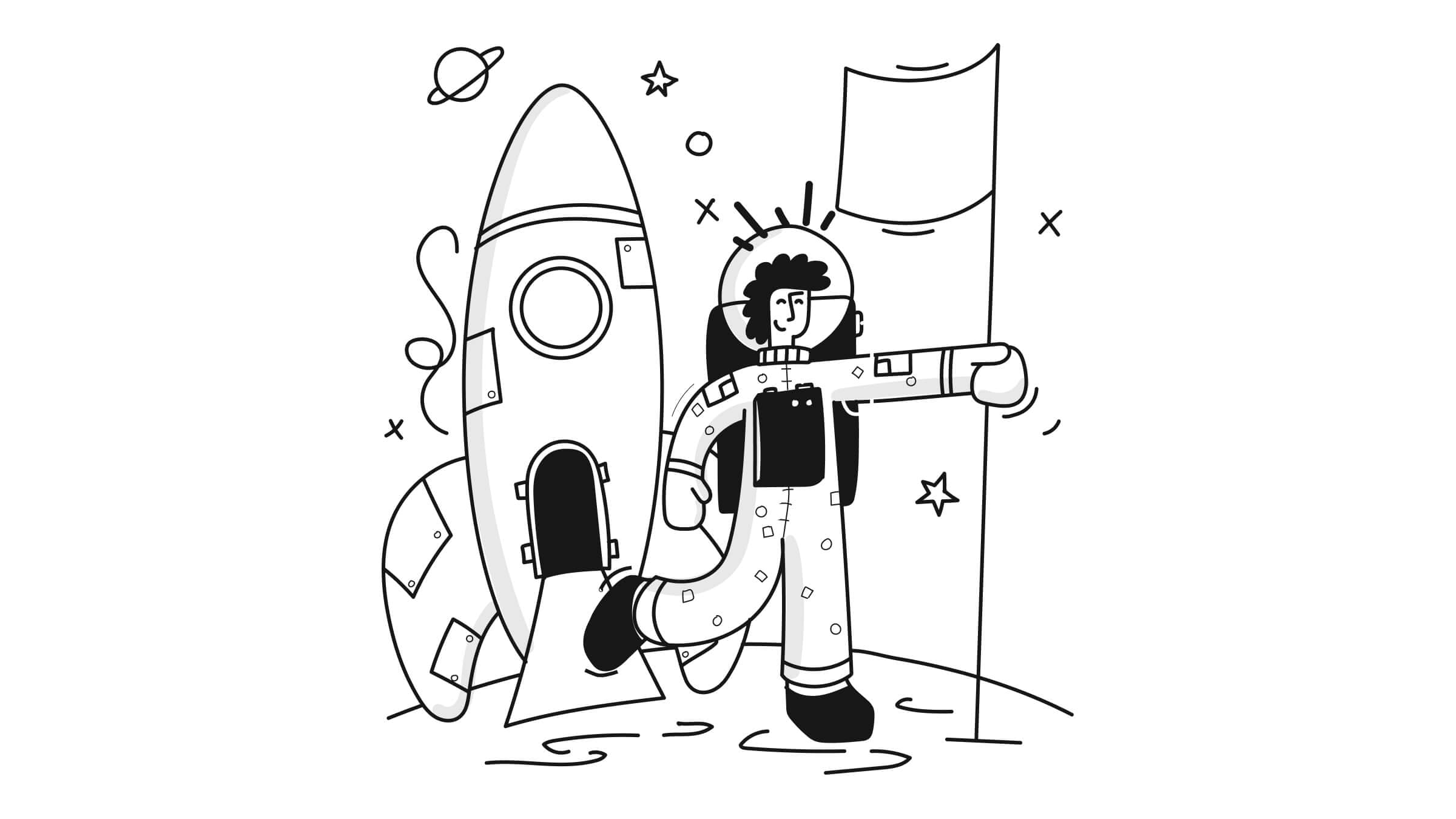The Future of UX Design: Trends to Watch in 2025
Explore the cutting-edge trends shaping the future of UX design and learn how to stay ahead in this rapidly evolving field.

As technology continues to advance at an unprecedented pace, the field of User Experience (UX) design is evolving rapidly. In 2025, we expect to see significant shifts in how users interact with digital products and services. This post explores the key UX design trends that will shape the industry in the coming year.
1. AI-Powered Personalization
Artificial Intelligence will play an increasingly crucial role in UX design:
- Dynamic interfaces that adapt to individual user preferences and behaviors
- AI-driven content curation for more relevant user experiences
- Predictive UX that anticipates user needs before they arise
These AI-powered features will create highly personalized experiences that feel intuitive and tailored to each user.
2. Voice and Gesture-Based Interfaces
As voice recognition and motion sensing technologies improve, we'll see a shift towards more natural interaction methods:
- Voice-first interfaces for hands-free operation
- Gesture-controlled systems for immersive experiences
- Multimodal interfaces that combine voice, touch, and gesture inputs
These interfaces will make digital interactions more accessible and intuitive for users of all abilities.
3. Augmented and Virtual Reality Integration
AR and VR technologies will become more mainstream in UX design:
- AR overlays for enhanced real-world interactions
- VR environments for immersive product experiences
- Mixed reality interfaces that blend digital and physical worlds
These technologies will open up new possibilities for engaging and interactive user experiences.
4. Ethical and Inclusive Design
There will be an increased focus on creating designs that are ethical and accessible to all:
- Prioritizing privacy and data protection in UX decisions
- Designing for neurodiversity and different cognitive abilities
- Incorporating cultural sensitivity in global designs
Ethical and inclusive design will become a standard expectation rather than an afterthought.
5. Biometric-Enhanced UX
Biometric data will be used to create more responsive and secure user experiences:
- Emotion recognition for adaptive interfaces
- Biometric authentication for seamless security
- Health-data integration for personalized wellness apps
These features will allow for more personalized and secure user experiences.
6. Microinteractions and Animated UX
Subtle animations and microinteractions will play a bigger role in engaging users:
- Animated transitions for smoother navigation
- Microinteractions that provide instant feedback
- Kinetic typography for more dynamic text displays
These elements will make interfaces feel more alive and responsive to user actions.
7. Zero UI and Invisible Interfaces
The concept of "invisible" or "zero" UI will gain traction:
- Ambient computing interfaces that blend into the environment
- IoT devices with minimal visible interfaces
- Brain-computer interfaces for direct mental control
These trends will push the boundaries of what we consider a "user interface."
8. Sustainable and Eco-Friendly UX
Environmental concerns will influence UX design decisions:
- Energy-efficient interface designs
- UX patterns that encourage sustainable user behaviors
- Digital carbon footprint awareness in design choices
Sustainability will become a key consideration in UX design processes.
9. Hyper-Personalization through Big Data
Big data will enable even more tailored user experiences:
- Real-time UX adjustments based on user context
- Predictive interfaces that learn from collective user behaviors
- Personalized user journeys across multiple platforms and devices
This level of personalization will create more engaging and relevant user experiences.
Conclusion
The future of UX design in 2025 is exciting and full of potential. As designers, we must stay adaptable and continue learning to keep up with these emerging trends. The key will be balancing innovative technologies with human-centered design principles to create experiences that are not only cutting-edge but also intuitive, accessible, and meaningful to users.
By embracing these trends and continuously refining our skills, we can create user experiences that are not just functional, but truly delightful and impactful. The future of UX design is about creating seamless, personalized, and ethically responsible digital experiences that enhance our daily lives in ways we're only beginning to imagine.
For more insights on design and technology trends, check out our related articles:
More Articles
AI in Web Design: Revolutionizing User Experiences
Discover how artificial intelligence is transforming web design, enhancing user experiences, and streamlining the development process.
October 10, 2024
Branding Strategies for 2024: Staying Ahead in a Digital World
Explore cutting-edge branding strategies for 2024 that will help your business stand out in an increasingly digital and competitive landscape.
October 2, 2024